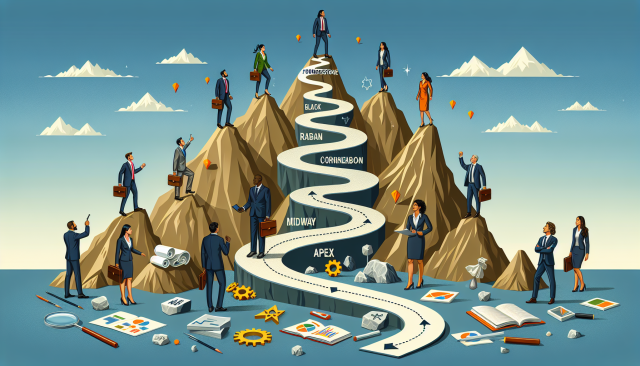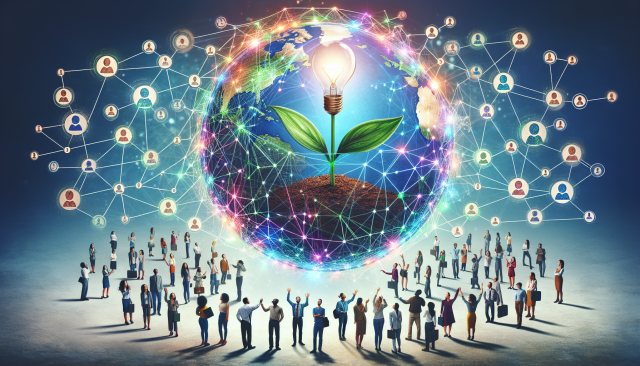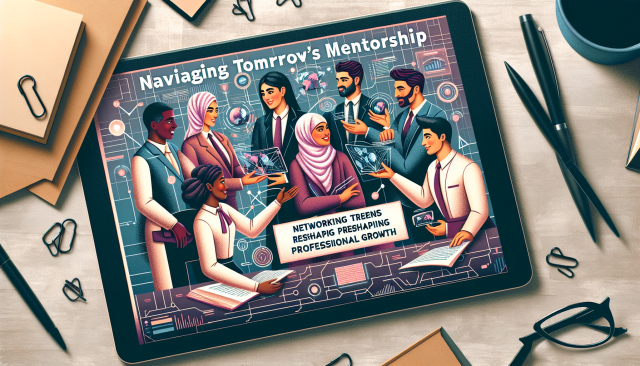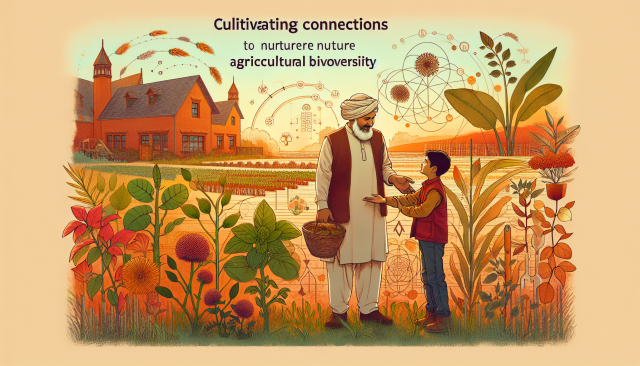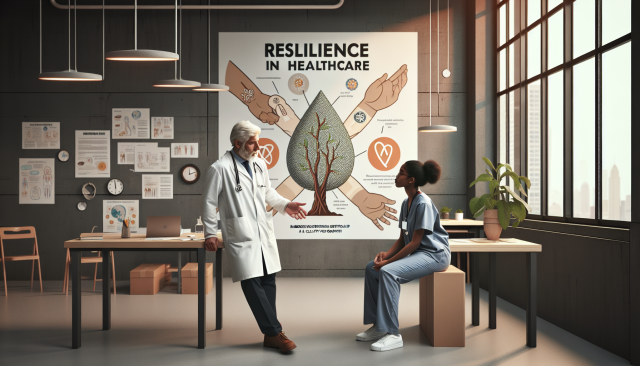Cornerstone to Apex: Mastering Career Development for MBA Professionals
Cornerstone to Apex: Mastering Career Development for MBA Professionals
The journey from an MBA classroom to the executive suite is both challenging and rewarding. For those equipped with an MBA, the ability to navigate this path requires not just theoretical knowledge, but also a strategic approach to career development that blends foresight, adaptability, and an unyielding drive towards excellence. In this thought leadership piece, we explore the art of career development for MBA graduate professionals, drawing insights from industry stalwarts and academic experts to offer strategies that promise success.
The Foundation of Strategic Vision
At the core of effective career development is a strategic vision. An MBA provides the analytical and leadership skills necessary to craft a vision, but it is up to the individual to tailor it to their career ambitions. Start by mapping out a long-term career plan that aligns with personal values and professional aspirations. This vision should be a living document, evolving with new experiences and insights.
According to Dr. Emma Wells, a career strategist who frequently consults with MBA graduates, A strategic vision is not a rigid path but rather a dynamic compass that guides decision-making. It’s crucial for MBAs to remain open to pivoting their paths as opportunities present themselves.
Networking: The Golden Bridge
Networking in the MBA community can be quite literally the golden bridge to new opportunities. Building a robust professional network is critical. Attend industry conferences, join alumni groups, and participate in webinars. Leverage LinkedIn to connect with classmates, professors, and industry leaders. Each connection is a potential gateway to new opportunities and collaboration.
Your network is your net worth, says Maxine Rogers, an MBA alumna now a CEO of a Fortune 500 company. Meaningful relationships can reveal hidden opportunities and provide support when you least expect it.
Mentorship: Unlocking Potential
Find a mentor who can provide guidance and share their wisdom. Mentors can help navigate the complexities of a career in management by offering insights that are not readily apparent in textbooks. Identify mentors whose career trajectories align with your aspirations, and establish a relationship of mutual respect and learning.
A good mentor challenges you to see beyond the horizon, to anticipate the needs of the future, and to prepare for them, notes Carlos Martinez, a renowned expert in career coaching for MBA professionals.
Continuous Learning and Adaptation
The business world is evolving rapidly, and so must MBA graduates. Staying relevant means committing to lifelong learning. This could be in the form of additional certifications, attending workshops, or enrolling in executive education programs. Adaptation is equally importantbe willing to shift roles and industries if they align with personal growth and market demand.
The ability to adapt is perhaps the most crucial skill for sustained success in any field, especially in management, explains Sarah Lin, a professor of strategic management. The willingness to embrace change and learn from it is what separates good managers from exemplary leaders.
Crafting a Personal Brand
Your personal brand is your professional identity. It reflects your values, skills, and the unique value you bring to the table. Managing this brand involves actively curating your online presence, publishing thought leadership content, and positioning yourself as an expert in your field. A strong personal brand can open doors to opportunities that might otherwise remain elusive.
Navigating Challenges and Setbacks
Career paths are rarely linear. They are fraught with challenges, and how you navigate these setbacks defines your success. Resilience and emotional intelligence are key traits to cultivate. Learn to view setbacks as opportunities for growth and maintain a positive outlook.
Understanding that failure is not the opposite of success but a part of it is crucial, advises Tony Blake, an executive coach. Learn from every experience, and use it to build a stronger foundation.
Conclusion: The Continuous Climb
The art of career development for MBA professionals is a continuous journeyone that requires introspection, strategy, and a relentless drive towards self-improvement. By cultivating a strategic vision, networking, seeking mentorship, adapting to changes, and building a personal brand, MBA graduates can navigate their paths towards fulfilling and successful careers.
Remember, every step you take is not just towards a job title but towards becoming a leader who can inspire and innovate. In the ever-changing landscape of business, stay grounded yet adaptable, dedicated yet explorative. Your career is a canvas of endless possibilitiespaint it with the bold strokes of ambition and the subtle hues of wisdom.
















